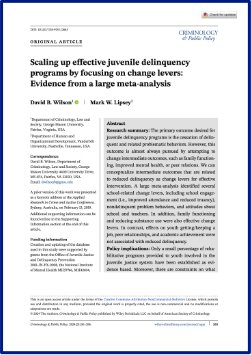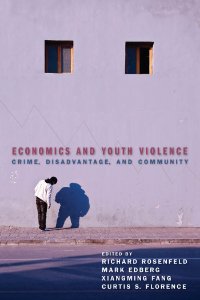By Emily Mooney
Children are uniquely risk-loving, adaptive and vulnerable to outside influences. Their minds and bodies are still developing, and their identity has yet to be firmly defined. For these reasons, they are traditionally considered less culpable for poor decisions than adults and are more capable of behavior change as they mature. As one saying goes: “It is easier to build strong children than to repair broken men.” Yet, while our society broadly recognizes this truth—we mandate education, for example, and have a different system of justice for the young—we sometimes forget it when crafting policy. In Maryland, there is no clearer example of this than when youth are automatically charged in the adult system. Accordingly, this brief provides an overview of the current context of this issue in Maryland, as well as a short argument against the practice, and concludes with policy recommendations that can encourage positive change.
R STREET SHORTS NO. 76 October 2019
Washington, DC: R Street, 2019. .5p.




















